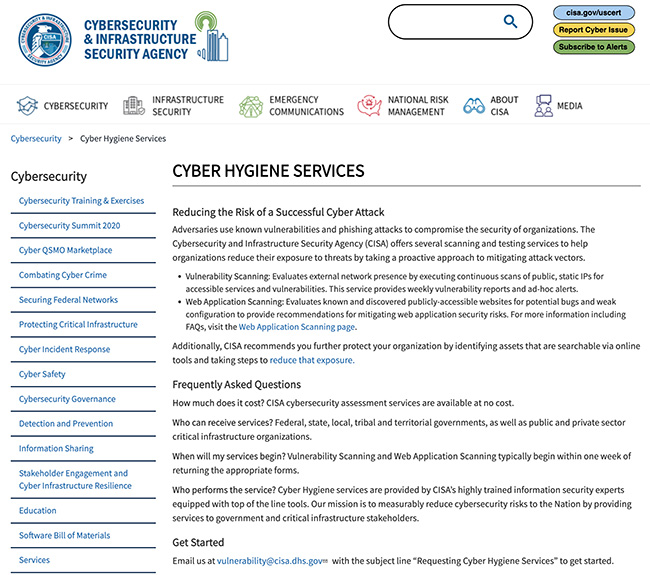Cloud Active Defense is an open-source solution that integrates decoys into cloud infrastructure. It creates a dilemma for attackers: risk attacking and being detected immediately, or avoid the traps and reduce their effectiveness. Anyone, including small companies, can use it at no cost and start receiving high-signal alerts.

Where honeypots are good at detecting lateral movement once the initial application has been compromised, Cloud Active Defense brings the deception directly into that initial application.
“We do this by injecting decoys into HTTP responses. These decoys are invisible to regular users and very tempting to attackers. This creates a situation where attackers must constantly guess: is that a trap or an exploitation path? This guessing slows down the attack operation and can lead attackers to ignore valid attack vectors as they suspect them to be traps. Furthermore, since the application’s replies cannot be 100% trusted anymore, find-tuning your exploit payload becomes painful,” Cédric Hébert, CISO – Innovation at SAP and developer of Cloud Active Defense, told Help Net Security.
Future plans and download
“In the short term, we plan to make it easy to ingest the generated alerts to a SIEM system for faster response. We also plan to release code to make it simple to deploy on a Kubernetes cluster, where each application can be configured independently. In the mid-term, we want to work on proposing response strategies: surely, banning the IP address can be an option, but what we envision is, upon detection, to give the possibility to route the active session to a clone of the application where no more harm can be done,” Hebert concluded.
Cloud Active Defense is available for free on GitHub.

Must read:
- 15 open-source cybersecurity tools you’ll wish you’d known earlier
- 20 essential open-source cybersecurity tools that save you time
Deep Dive: Exploring the Real-world Value of Open Source Intelligence
InfoSec services | InfoSec books | Follow our blog | DISC llc is listed on The vCISO Directory























![Reblog this post [with Zemanta]](https://img.zemanta.com/reblog_e.png?x-id=44c6818b-40c1-4e78-9e2d-f4a92edb802a)


